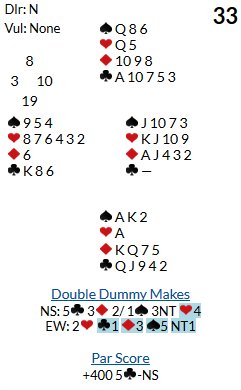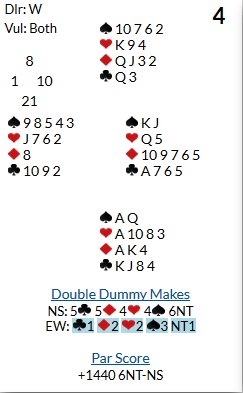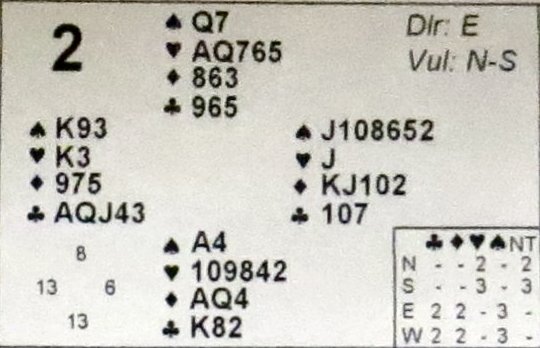Different pods, but somewhat similar peas. Continue reading
I recently checked out the Wikipedia entry on Senator Elizabeth Warren. Since she looks much younger than I feel, I was shocked to learn that she graduated from high school the same year that I did, 1966. Her birth was ten months after mine. I was never held back in grade school or high school,* and so I deduced that she must have skipped a year at some point.
Liz lived in Oklahoma, and I lived in the next state up, Kansas. We were not exactly neighbors. It is about a five-hour drive from KC to OKC.
I went to Rockhust, a Jesuit high school in KC. She went to Northwest Classen, a public high school in OKC. What we had in common was debate. I debated all four years at Rockhurst, and our squad often attended tournaments in the southwest corner of Missouri, which is about halfway to Oklahoma City. Oklahoma schools sometimes also attended these tournaments. I debated against a few of the students from those schools, but I do not remember her school ever being present.
In her senior year her school won the state championship of Oklahoma, and she was a star. My school also won the state championship of Missouri when I was a senior, but I was no star. The same four guys had won the state championship the year before as juniors. I might have been asked to fill in if one of them had come down with beriberi or severe acne, but that never happened.
Her debate career evidently ended on that high note. She went to George Washington University, not a debate power, and left after two years to get married and move to Houston, where she got a degree from the University of Houston, which definitely was an awesome, even legendary, debate power in those days. She graduated in 1970.
I, on the other hand, went to a meeting of the University of Michigan debate team during orientation week before my freshman year, and I was impressed by how awful they were. I knew no one in Ann Arbor, and so I started spending more and more time on debate (as well as bridge, intramural sports, learning how to juggle and play “Love is a many-splendored thing” on the piano, hallway sockey, Arnold Palmer’s Indoor Golf Game, epic water fights, shower parties, and dorm government) and less and less on schoolwork. Nevertheless, after four years of this folderol I actually graduated on schedule. My collegiate debating career had a few highlights, but nothing Like Liz’s high school career.
Shortly after my graduation I was drafted. I spent eighteen months in the military police. I won a commendation from the base commander for my part in the Battle of Sandia, the decisive event in the New Mexican War. I then spent two years pretending to be an actuarial student at the Hartford Life Insurance Company. While there I really missed the intense competition of the debate circuit. So, I returned to coach debate at U-M and Wayne State while exhausting my veteran’s benefits in grad school over the course of seven years.
During the eleven years in which I protected America from the Red Menace, wrote programs to manage pension funds (and the football pool), and traveled around the country for debate tournaments, Liz moved to New Jersey, had two babies, got divorced, remarried, worked with children with disabilities, got a law degree, passed the bar and offered legal services from her home — not all in that order. As far as I know our paths never crossed.
Now she is debating again, and I just play bridge and manage the homegrown computer system used by the New England Bridge Conference. If I ever met her, I would share one of my million debate stories that non-debaters can never appreciate.
* There were a couple of close calls early in my academic career. One of the kids in my kindergarten class at Prescott School in Kansas City, KS, habitually threw rocks at the other students. One day after class I hid behind a bush, and, when he came by, I jumped him and beat him up. In the end he was held back, and I wasn’t.
The next year my teacher at St. Peter’s school taught us to make sentences by selecting cardboard letters out of little boxes and aligning them on a type of slate. I could never find the letters, and the nun concluded that I had some kind of reading or writing disability. Fortunately my family moved to a different parish later that year. At Queen of the Holy Rosary school the first grade students were being taught to write words and sentences, which I could already do with no difficulty, instead of constructing them from cardboard. So, Sister Mildred happily promoted me to second grade.





